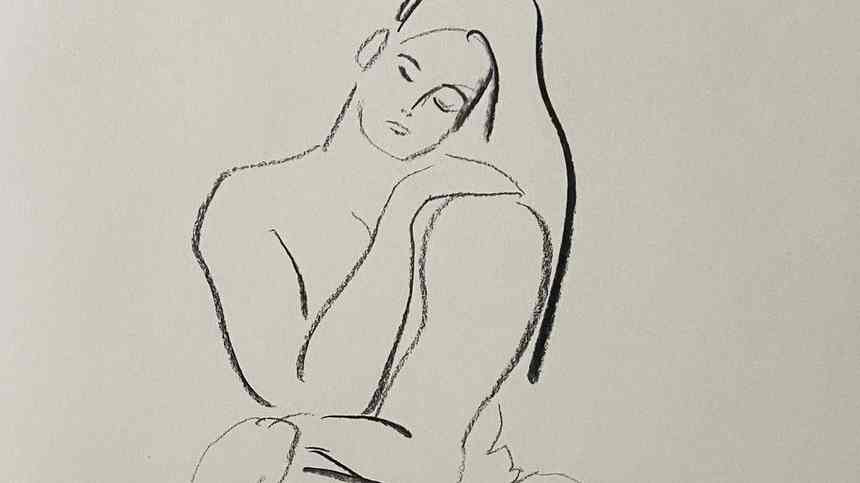If you go down to the woods today, you’re sure of… not a surprise, but how about a sense of increased peace and happiness with some stress relief thrown in? Communing with Mother Nature is an instinctive human impulse; you need only cast your mind back to previous lockdowns and the amount of people suddenly frequenting the park (or the local garden centre) to recognise that green spaces are essential to our wellbeing. In Japan, this act of immersing oneself in nature is called shinrin-yoku, which translates literally as “forest bath”, though refers to the act of bathing our senses, rather than our bodies, in the forest’s atmosphere.
While it hails from Japan, where it has been enthusiastically practised since the 1980s after it was prescribed by the government for stressed-out Japanese workers, forest bathing is now being touted as one of a number of therapies that can help boost our ailing mental health. Recent studies have shown depression and anxiety rates have risen since the onset of Covid-19, and with the arrival of a new year, and yet another lockdown, figures seem certain to rise even further.
As well as lowering blood sugar levels, boosting our immune system and helping to improve energy and cardiovascular health, forest bathing is said to be excellent for lowering stress, lifting depression and reducing our blood pressure. Put simply, it is excellent for our health.

8 Fresh Aromatherapy Oils To Help You Bring The Outside In
8 Photos
View Gallery
The reason why spending time in nature is so good for our health is thanks to the biophilia hypothesis: human beings evolved to live in nature and now have an innate biological need to connect with it. Statistics suggest that by 2030, 92.2 per cent of us will be living in cities, so it makes sense to try to understand and harness the power of nature to improve our state of mind.
“Spending time in forests is crucial for both people and the planet,” says Ellen Devine, wellbeing projects manager at Forestry England. “Research shows that spending just two hours a week in nature significantly improves our health and satisfaction. We know that being among trees is good for our wellbeing, but there is also an intrinsic link between our own health and wellbeing and that of the world around us. The more time we spend in forests, the more likely we are to feel part of the world around us, and be inspired to do what we can to protect it.” Pay attention to how you feel before and after spending time in nature, and you’ll quite often notice a marked improvement in mood and outlook.
Read more: 13 Of The Best Essential Oil Diffusers To Refresh Your Space
Contrary to its name, forest bathing isn’t about swimming, but rather being totally mindful in nature. And it is this mindfulness element that dictates whether one is actually forest bathing, or merely going for a walk in the woods. In Dr Qing Li’s book Into the Forest, which is about the origins and benefits of forest bathing, he describes it as “simply being in nature, connecting with it through our sense of sight, hearing, taste, smell and touch”. While indoors we rarely use more than our eyes and ears, he implores us to “smell the flowers, taste the fresh air, look at the changing colours of the trees, hear the birds singing and feel the breeze on our skin” when outside. By consciously absorbing the experience of being in nature, we connect to ourselves – the part not chained to an iPhone 24/7 – as well as the harmony of our surroundings, returning to the “rhythm of nature”. It is at this point, he says, that we can start to heal. “Our nervous system can reset itself, our bodies and minds can go back to how they ought to be. No longer out of kilter with nature but once again in tune with it, we are refreshed and restored.” Sounds good, doesn’t it?
To reap nature’s numerous rewards, there are a few rules. The first, as per Dr Li’s book, is to leave any technology – including your phone – behind, so you can be fully present in your surroundings, with all five senses alert and engaged. “Let your body be your guide,” he writes. “Listen to where it wants to take you. Follow your nose. And take your time. It doesn’t matter if you don’t get anywhere.”
While the emphasis is on wandering through the trees, rather than racing through the process, you could also run and tap into the wellbeing benefits of the forest, simply by switching off your music or fitness tracker and taking in your surroundings instead. “Our senses relax under the forest canopy and we’re filled with energy from experiencing the landscape and fresh forest air. We can be mindful as we run, focusing on our connection to the earth, allowing ourselves to be soothed by the colours of nature and recognising that we are as strong and resilient as the trees around us,” says Devine. Thank you, Mother Nature.
More from British Vogue:








